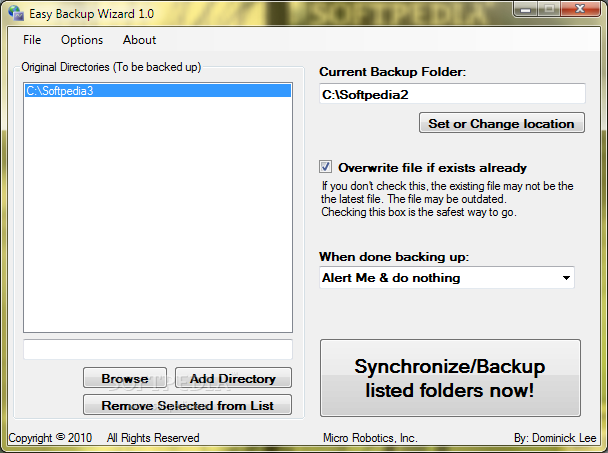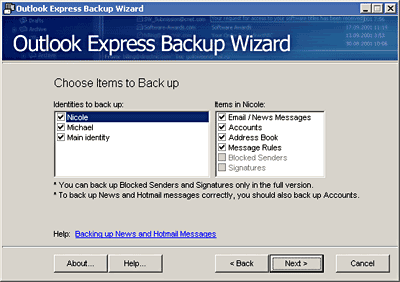

Specify the Drive folder to save the attachments to and click Save. You can also narrow the results by choosing a particular Gmail label, and specifying who the messages are from, to, what the subject is and when they were received. In the window that opens, choose if you want to download emails, attachments or both. Click Allow and go to Add-ons, 'Save Emails and Attachments', then Create New Rule. That may feel like too much of an imposition, but it's standard for this kind of backup tool. The addon needs a variety of permissions to run, including the ability to 'Read, compose, send and permanently delete all your email from Gmail,' and 'See, edit, create and delete all of your Google Drive files'. Your data backup could be a disaster waiting to happen Best backup software Gmail vs Outlook: Which one is better for business? Click the Free button and a Google Sheet will open. If you're not too worried about backing up your individual emails, but you want to save the attachments you've been sent, you can use a Gmail add-on called ' Save Emails and Attachments (opens in new tab)'. The latest version includes a faster search tool and the ability to hunt for messages by archive date. You can search for, read, and restore emails back to your email account, directly from the software. Select a format to save the emails in, and click Select Folder.Īlternatively, you can use the excellent MailStore Home (opens in new tab), which works with any mail provider including Gmail and and securely saves your messages in a central location on your hard drive. To do this, select the messages you want to save (press Ctrl+A to select them all), then right-click a message and choose Save As. Messages can be exported in EML format, for opening in a different mail client. With IMAP, messages are synched: delete an email in Thunderbird and it will vanish from the web and vice versa. With the former, messages are downloaded to your computer and then, depending on your settings, either deleted from the source, archived, or left alone.

When setting up you can choose between POP (Post Office Protocol) and IMAP (Internet Message Access Protocol). All you have to do is enter your name, email address and password, and it will fetch copies of your emails for offline viewing. This works with all types of email, including webmail services like Gmail and. One option is to use email software such as Thunderbird (opens in new tab). There are a number of methods you can use to back up your messages. You can also display just the largest emails, by specifying a size (in bytes): for example size:1000000. Just type has:attachment into the search bar and press Enter. The biggest space hogs are messages with attachments, and you can get Gmail to display them all.


 0 kommentar(er)
0 kommentar(er)
